Dine at these 4 restaurants that minimise food waste



Chef-owner Drew Nocente’s contemporary tasting menu has evolved the last couple of years, and today, he continues to focus on a ‘Zero Food Waste Dining’ philosophy. Most of the dishes are marked by creative use of the entire animal, from the meat to byproducts like skin, innards and bones.
To prep his dishes, the Australian chef uses traditional techniques like curing, ageing, pickling, fermenting, smoking and grilling. Meanwhile, trimmings are often used to add depth of flavour to broths, sauces and seasonings.
Salted & Hung’s signature Aged Turbot is the perfect example of how every part of the fish is utilised. Firstly, the fillet is aged five days, then slow-cooked.
The skin and trimmings are fermented into a garum that is used to season the vegetables. The dish is then laced with a sauce made from the liver and vin jaune (yellow wine). Finally, the bones are hung and dried for 14 days to rustle up a dashi perfumed with local herbs and flowers.
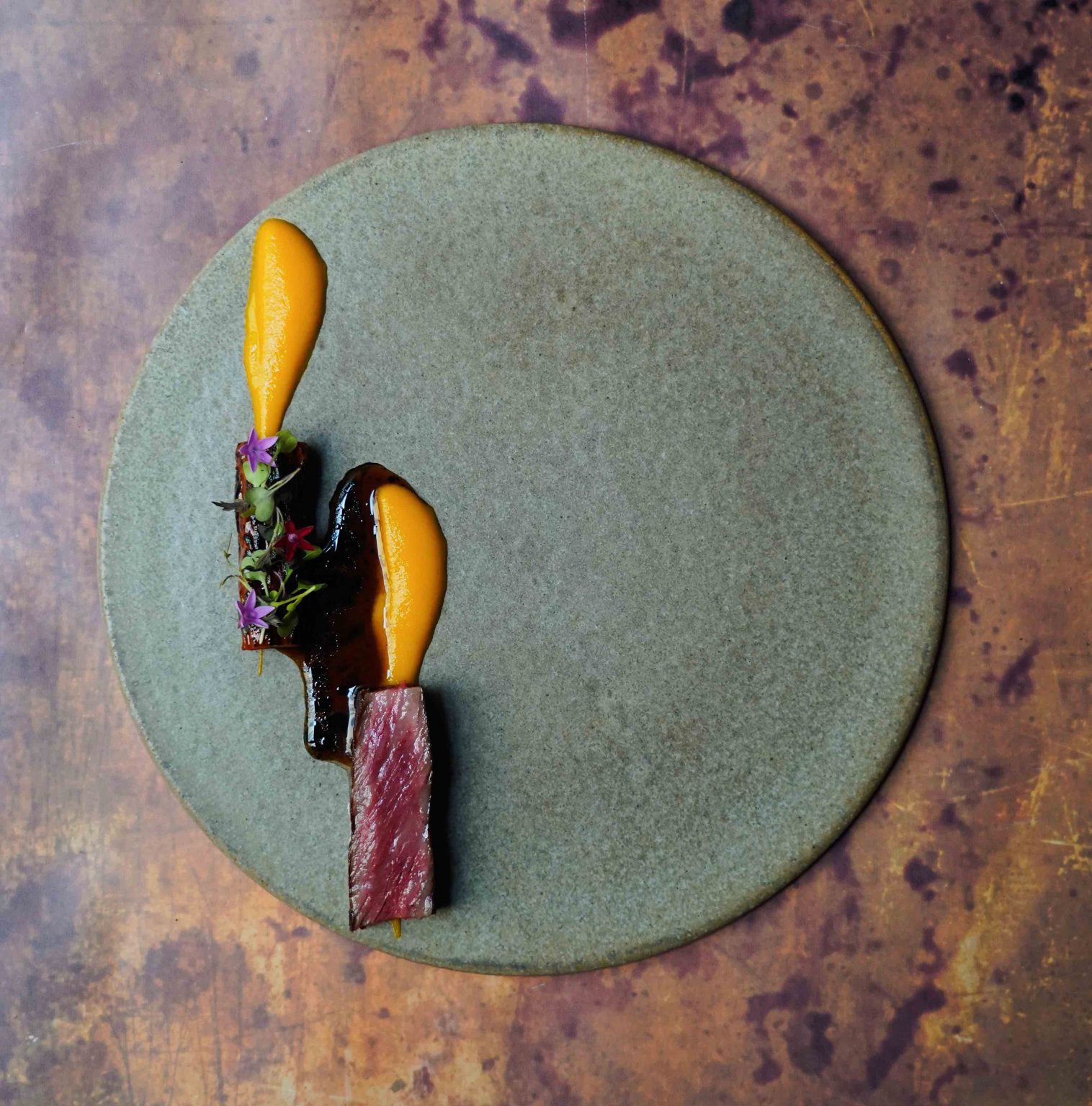
For the main course, dry aged, grass-fed A4 Kagoshima wagyu is grilled over coconut husk charcoal and binchotan. The carrots that complement the dish are confited in excess beef fat, then slow-cooked, dried and rehydrated with beef sauce. The carrot trimmings are used to make an accompanying smoked carrot ketchup.
Beyond the dishes, the team uses different ways to upcycle food waste, including turning abalone shells into cutlery holders and steak knife handles.
The kitchen has also replaced all cling wrap, garbage bags, and disposable packages with biodegradable versions. At the table, there are no plastic straws, and paper coasters are replaced with marble ones. This Purvis Street establishment will be rolling out an updated menu in April, so keep a lookout.
12 Purvis St, Singapore 188591. www.saltedandhung.com.sg
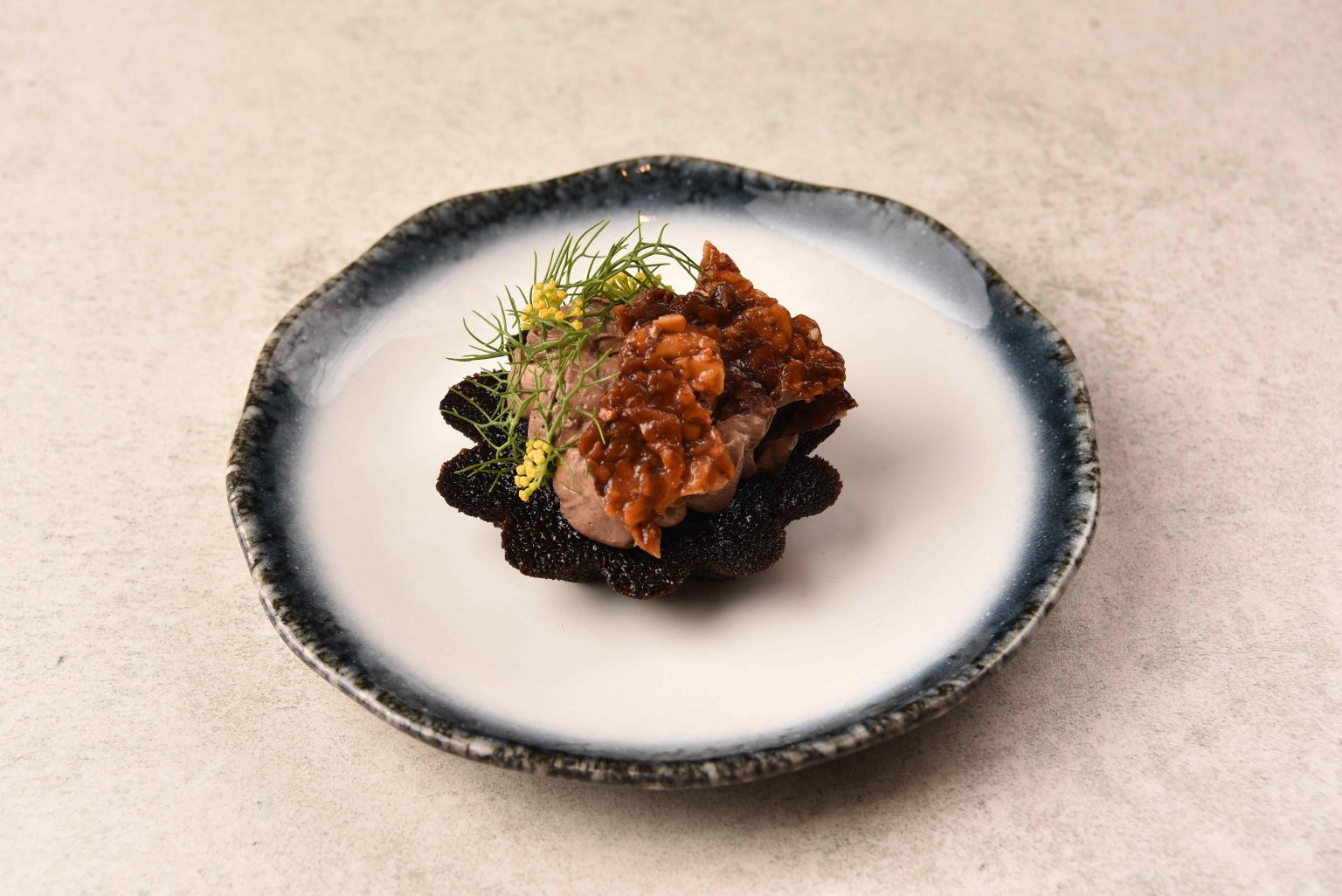
Despite its small size, Kausmo at Shaw Centre has a big heart. Here, co-founders Lisa Tang and Kuah Chew Shian creatively repurpose ‘ugly’ fruit and vegetables that have been overstocked, are over-ripe, or have odd-shapes.
Every dish in the six-course menu incorporates thoughtfully sourced ingredients, and produce may include seafood from small farming communities in the region, native greens and florals, or secondary cuts of meat often overshadowed by their more premium cousins.
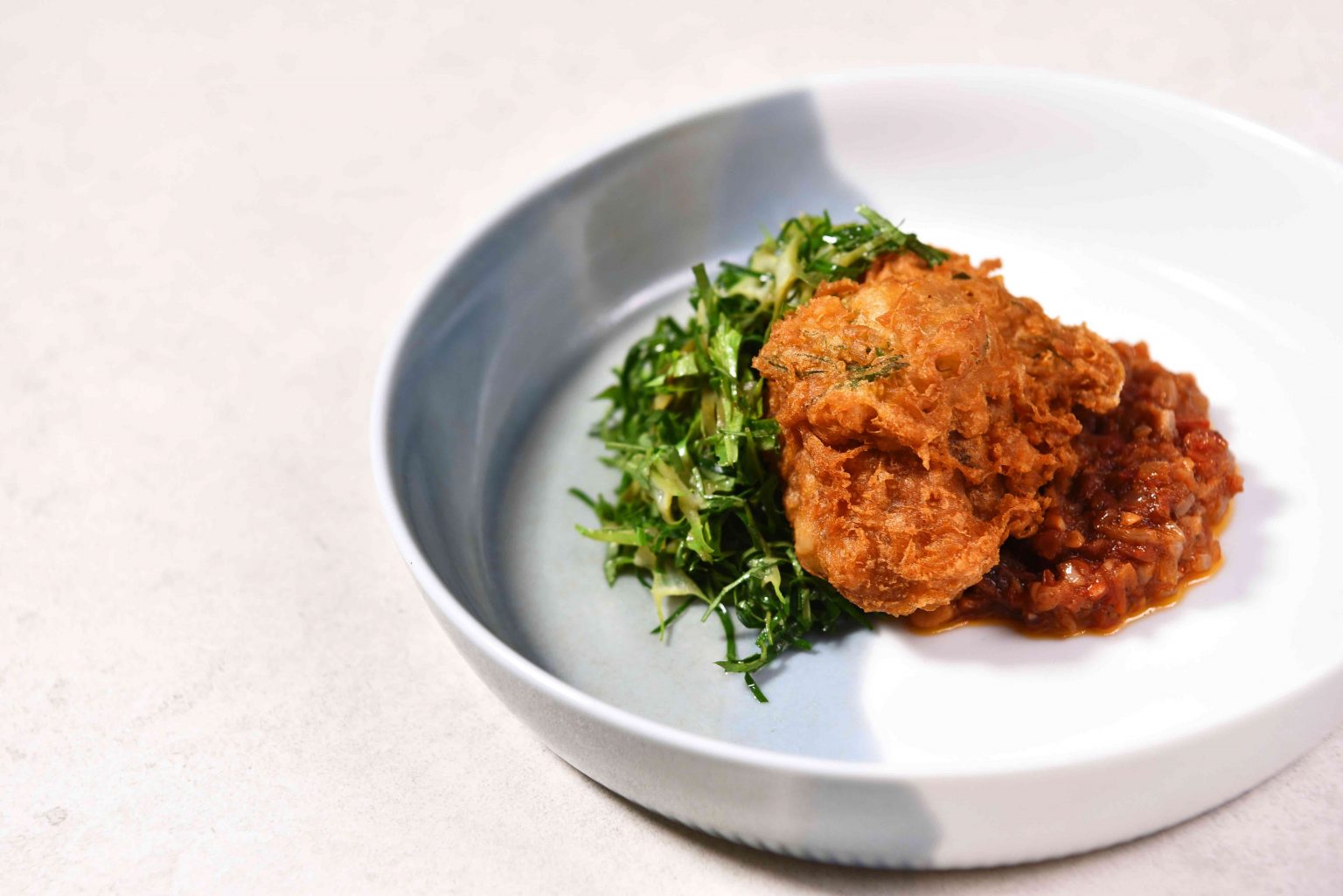
Due to the nature of working with such ingredients, the dishes can vary on a weekly basis. You might get interesting picks like Dark Cocoa Cake with Kahlua coffee mousse, locally-grown yellow fennel flowers and salted almond shards, or locally-farmed XL mussels from Ah Hua Kelong, fried in a beer batter infused with Indian borage and accompanied by wild pepper leaves and southern wood from Green Circle Eco Farm.
Kausmo will celebrate its third year anniversary in June, and will be offering special menus during that period.
Meanwhile, its retail artisanal arm Krusty by Kausmo features a range of small-batch gourmet products to enjoy at home. These include artisanal bread, gourmet sauces and spreads, as well as house-brewed kombucha. The gourmet products again repurpose importers’ unwanted fruit and vegetables, as well as locally grown edibles from farms in Singapore.
1 Scotts Rd, #03 – 07, Singapore 228208. https://www.kausmo.com

Marguerite at the Flower Dome is helmed by Australian chef-owner Michael Wilson, who uses the byproducts from one dish to make another.
For instance, Marguerite’s kitchen churns their own butter, and the by-product (buttermilk) is used in cakes, gelati and sauces. Suckling pig heads are cooked and made into terrines for Hortus, the sister café just above Marguerite. Excess fruit and purees are churned into seasonal sorbets for Mylo’s – Chef Wilson’s gelateria, also located at Gardens by the Bay.
Marguerite also boasts a dry aging cabinet, which helps prolong the shelf life of ingredients and improve their flavour and texture. This helps to minimise food waste. Fish in particular benefit from dry aging, which increases its shelf life.

Some of the dishes on the current seven-course menu are dry-aged Silver Hill duck and Ora King salmon; dry-aged kingfish will be served on the upcoming spring menu. Another ‘green’ creation in Marguerite’s new spring menu will repurpose peas, whose pods will be used to infuse gin served at Hortus.
18 Marina Gardens Dr, #01-09 Flower Dome, Singapore 018953. https://marguerite.com.sg/
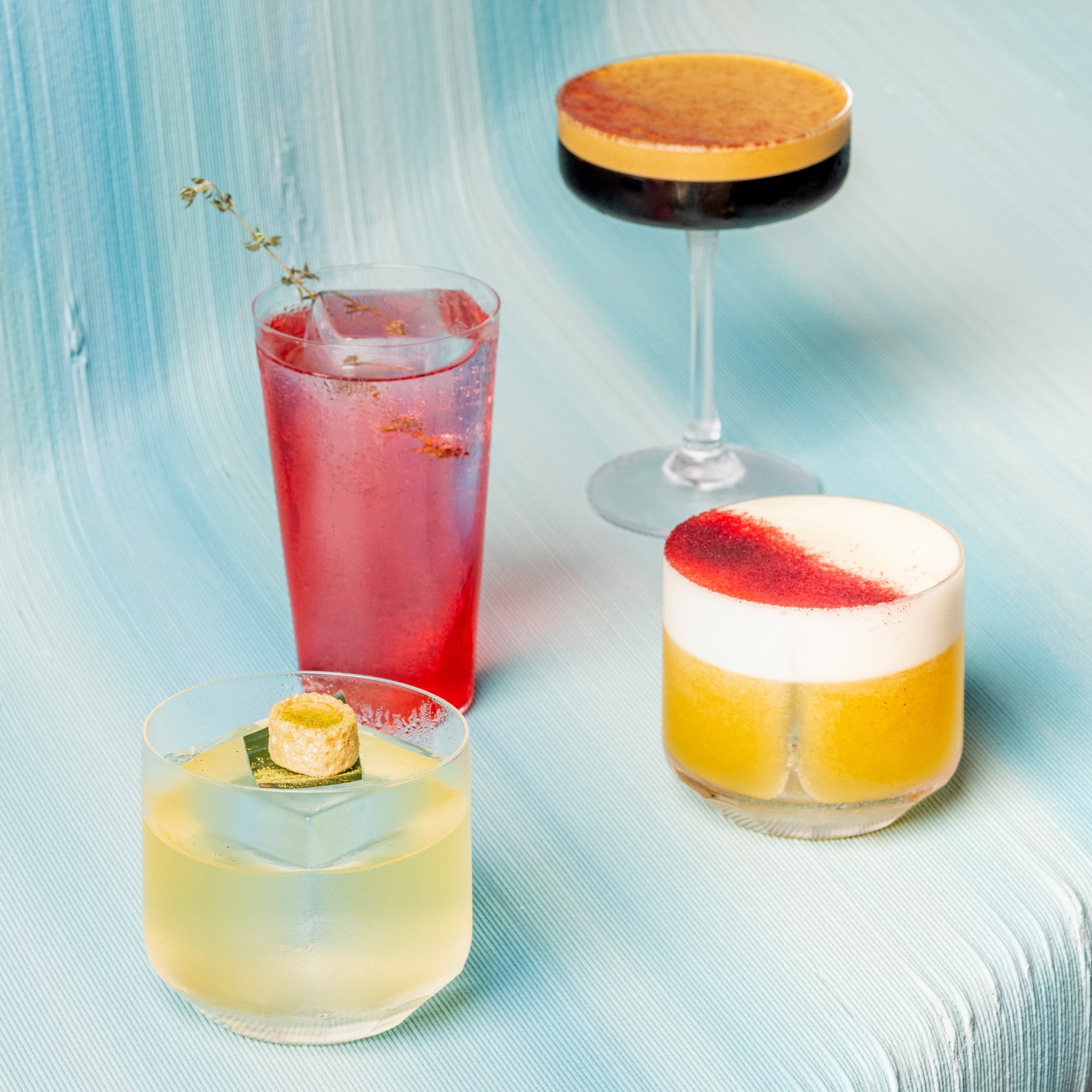
This new plant-based bar and restaurant by award-winning drinks specialist Vijay Mudaliar pushes boundaries with its unique menu, which eschews over-farmed foods like beef, pork, milk, cheese, and eggs.
According to Mudaliar, Analogue is about looking at the food system in a different lens. The culinary team gets inventive with carob in place of chocolate, tonka bean instead of vanilla, and chicory instead of coffee.
Diners will get to tuck into plant-based dishes such as Celeriac Ratatouille, with celeriac root sliced into ‘noodles’ and paired with smoked eggplant, zucchini, and green capsicum, then topped with a traditional sugo (tomato) sauce and drizzled with basil oil.
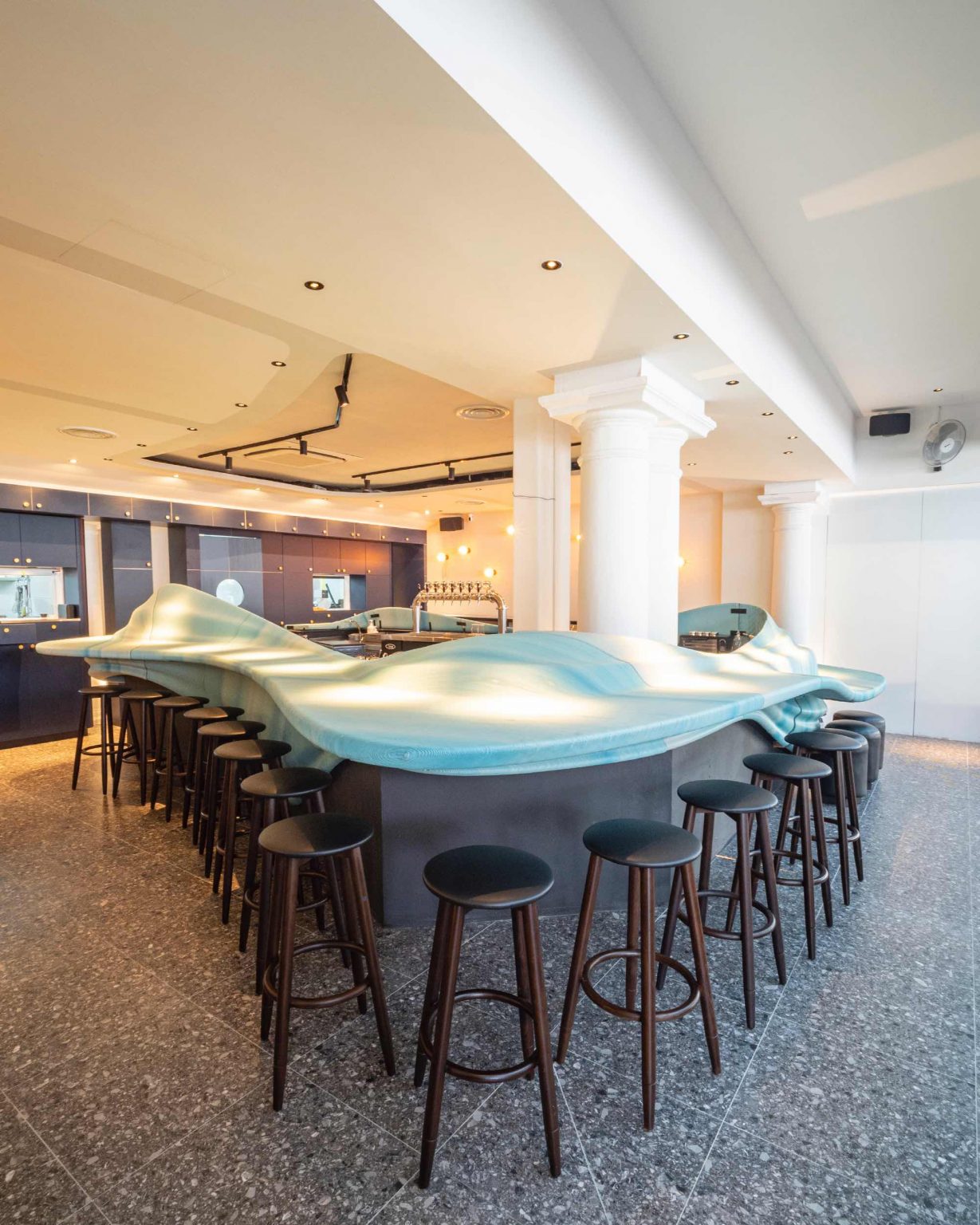
Wash this down with unique concoctions made of carob distillate, coconut nectar, toasted pumpkin seeds and mint, or a cocktail of rum with pink guava, lime oil, mint and tonka.
Housed in Chijmes, Analogue’s indoor and alfresco dining space boast eco-friendly fixtures that marks its sustainability ethos. The centrepiece is a 20-metre, 3D-printed bar top reminiscent of blue waves and made from 1,600kg of recycled plastic bottles. The smaller tables on the side are crafted from mycelium, a type of fungus.
30 Victoria St, #01-31 Chijmes, Singapore 187996. https://www.analogueinitiative.com/
This article was first published in The Peak.